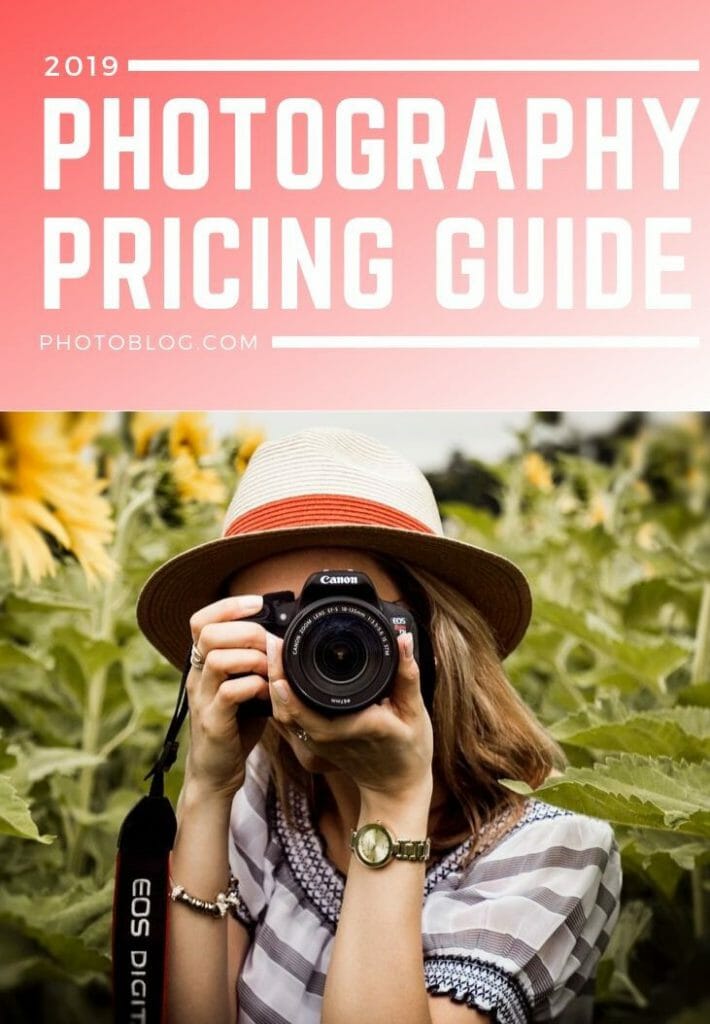Do you struggle to know your worth as a photographer? One of the biggest struggles for any freelance photographer is figuring out their photography pricing.
There are so many costs to take into consideration when setting your rates: bills, equipment costs, studio rental, and taxes, to name just a few.
While there are no set price lists, there are steps and guidelines you can follow to work out what you should charge.
Once you are clear on your costs and goals, you’ll find your ideal rates. So let’s get started.
Photography Pricing Factors
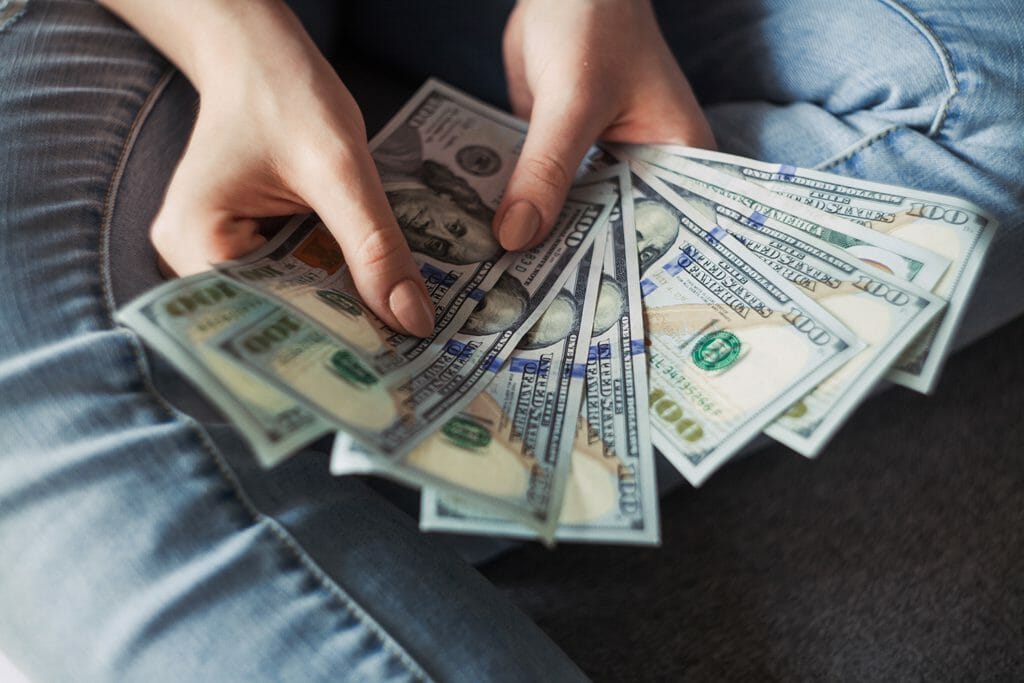
Before you begin to set your photography pricing, you’ll need to take into account a number of factors.
If photography is your main business, knowing your costs and goals will help ensure it is profitable for many years to come.
It’s best to consider the following factors first:
- Operating costs;
- Costs of goods;
- Taxes; and
- Your brand position.
Let’s break each of these down.
1. What Are Your Photography Operating Costs?
There are many operating costs and this is where many photographers underestimate their figures.
The key things to consider are:
- Travel costs: How much does it cost you to get to each shoot? Think about gas for your car, wear-and-tear on the vehicle, car insurance and your time to travel a round trip;
- Permits or licenses: Are there any that you need as a functioning business? Requirements will vary based on where you live, so check with your local government offices for guidance;
- Studio/office space rental: What is the cost of rent on the studio or office space you have? Plus don’t forget the bills included in maintaining it; electricity, internet, water, etc. Your mortgage, if you have one, is also included here;
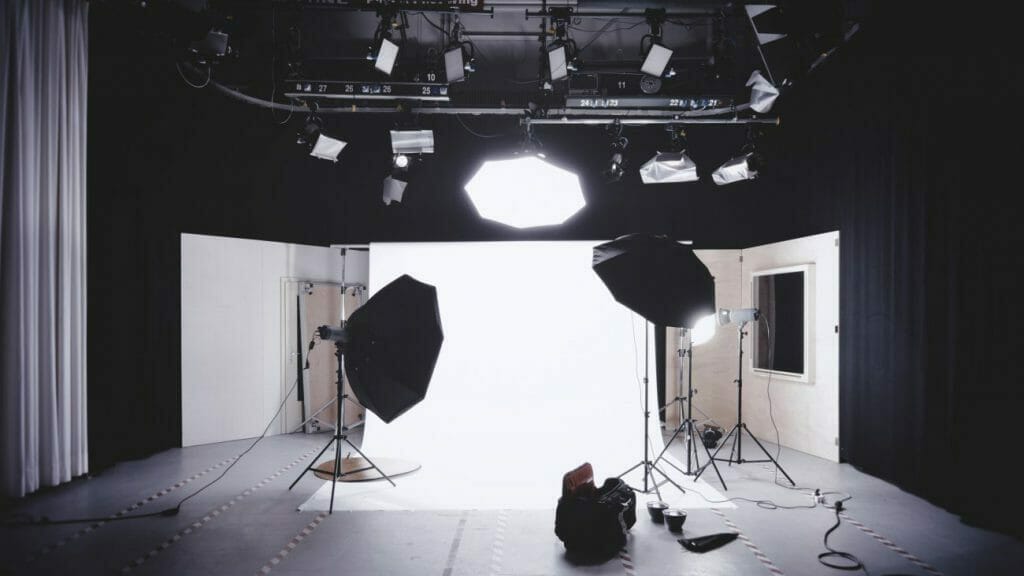
- Office supplies: This will include everything from coffee for your clients, to printer ink and stationery; and
- Marketing costs: This can include entry to networking events, business cards, any paid advertising, and even the cost of taking a potential client to a meal.
Related Article: Photography Marketing Tips
2. Costs of Photography Goods
The cost of goods is where your camera equipment and any client products you offer come into play.
There are several key areas to consider here:
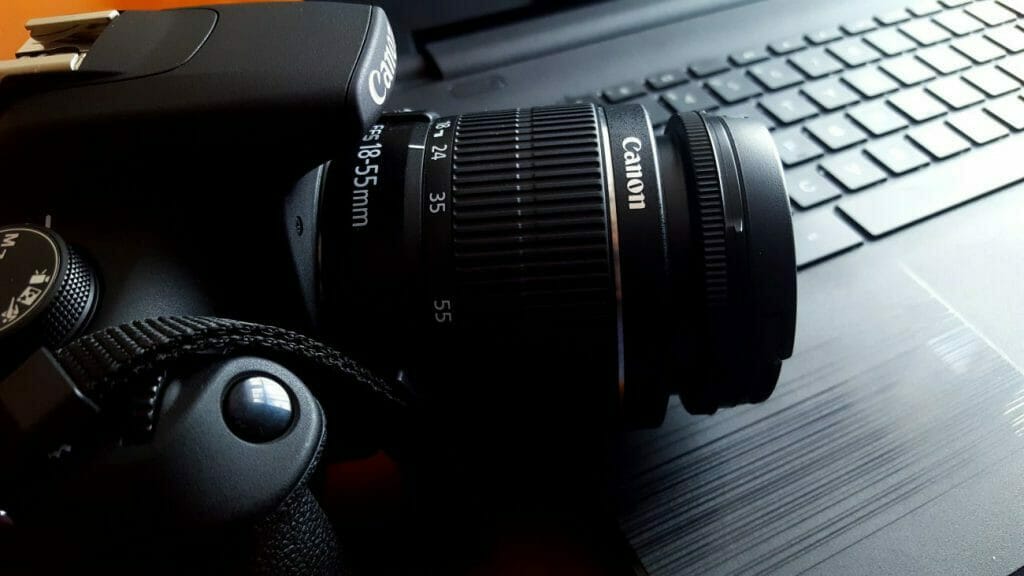
- Photography equipment: This includes your camera body, lenses, computer, photo printer, laptop, photo editing software, tripod, memory cards, carrying cases, lights, props, etc. Basically, any equipment you need to actually do your job;
- Client products: This includes any final products you sell to clients, such as prints, framed prints, folio boxes, canvases, etc. Don’t forget to incorporate any packaging and shipping costs; and
- Outsourcing: Do you send your images away for editing? Or do you have someone you pay to look after your marketing? Don’t forget to factor in any outsourcing costs.
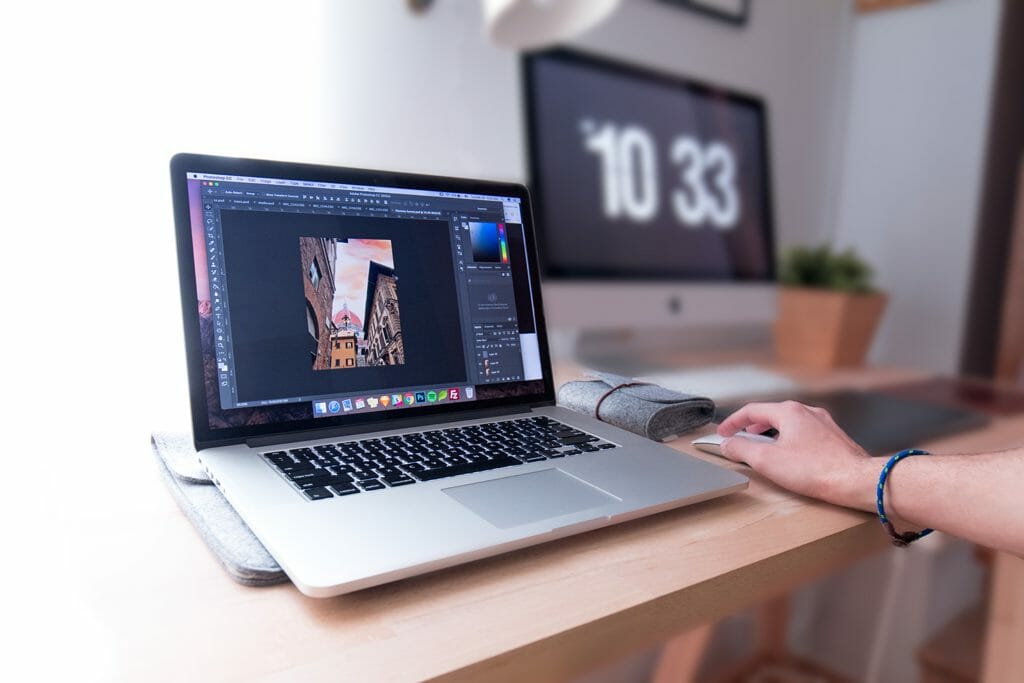
Bear in mind that newer versions of camera equipment and software come out on a regular basis, so factor those costs in too.
3. Don’t Forget the Dreaded Taxes
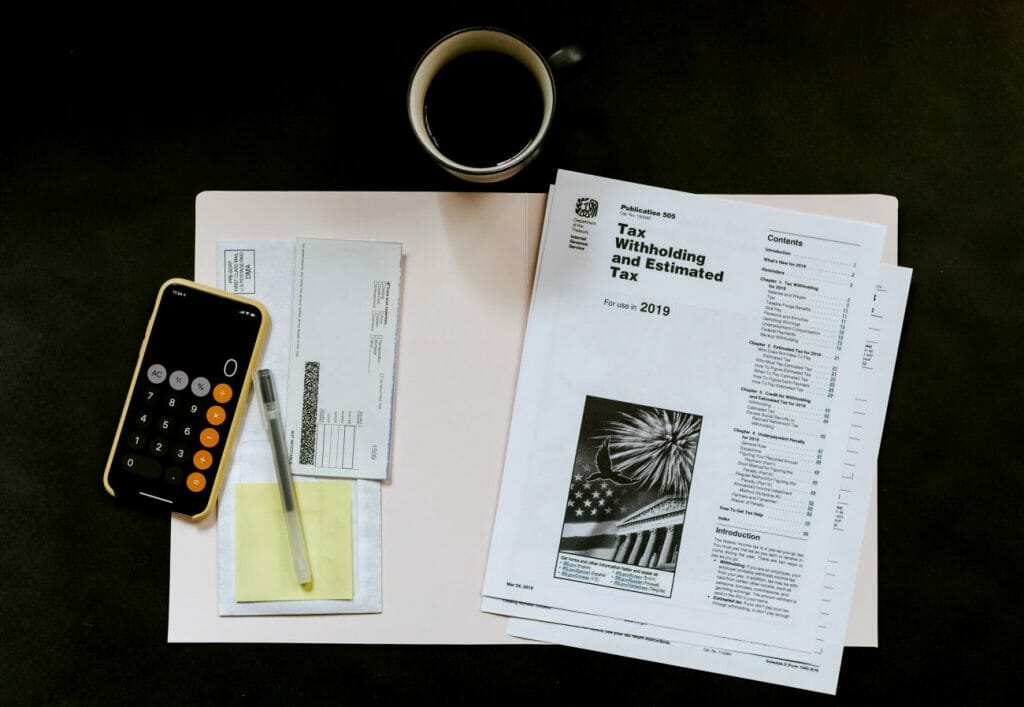
Taxes can be a major expense that many don’t properly account for.
As a self-employed service provider, you’ll have to pay self-employment taxes in addition to the usual income taxes.
Typically, if you set aside 20% of your income, you’ll be covered when it’s time to pay taxes.
It is an expense that can vary depending on where you live, so be sure to check with your local government for accurate percentages.
Also, don’t forget to check taxes on a local and national level.
4. Your Photography Brand Position

Finally, you’ll want to consider the market position of your brand when thinking about prospective rates.
Do you see yourself as a low-cost solution for small businesses? Or are you a luxury service provider who delivers amazing quality for a premium?
Think about where you sit and adjust your prices, literature, and website accordingly. This will help support the rates that you choose to charge.
Photography Pricing Models
Once you have an idea of your costs and goals, it’s time to set your rates.
There are different ways to structure your rates; you’ll want to use the model that makes the most sense for your business and clients.
Model A: Hourly Rate Photography Pricing
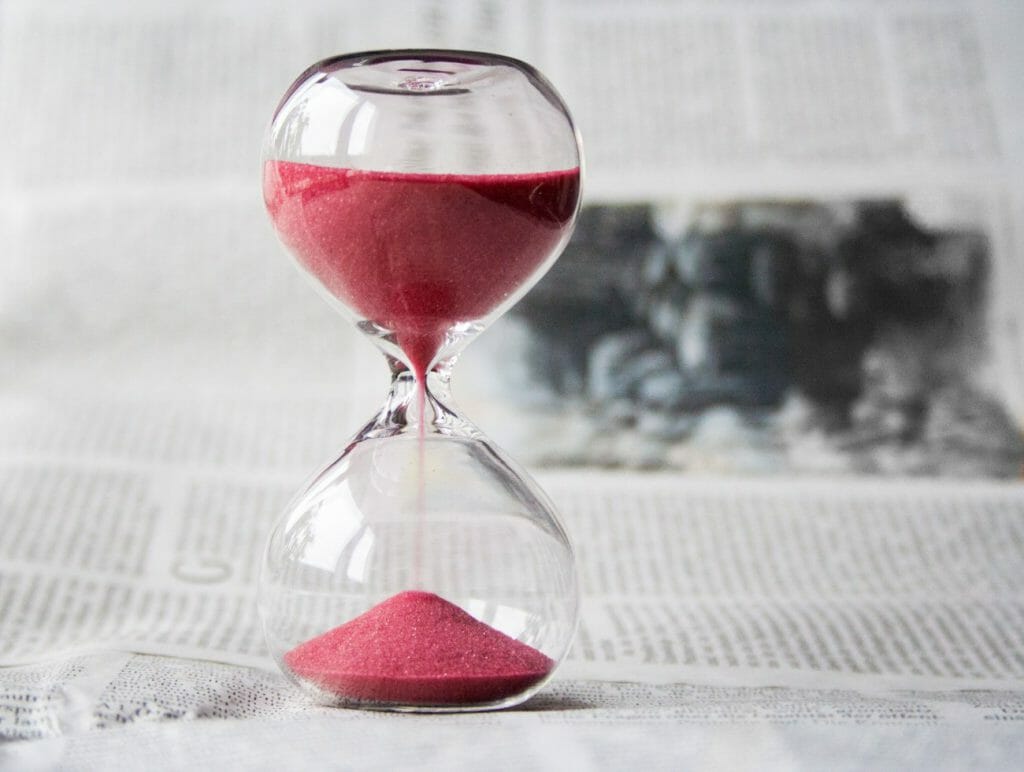
Hourly rates are the most common way to charge for event photography coverage and commercial work.
The rates charged will vary greatly with experience, and there are several categories:
- Amateur Photographer: You enjoy photography, but have no formal education in it and do it for fun. It’s not a business;
- Student Photographer: You’re currently studying photography and are building your knowledge and experience;
- Semi-professional Photographer: You do photography professionally for clients, but also have a ‘day job’ that pays the bulk of your bills;
- Professional Photographer: Your photography business is your main source of income; and
- Top professional Photographer: You’ve reached a high level of expertise and recognition in your market, are sought after by clients, and have a large social media following.
Which category do you fit within? Let’s look at where your hourly rates will fall.
1. Amateur Photographer Rates in 2020
Amateur photographers will typically charge the least because of a lack of experience and no need to consider business expenses.
If it’s a hobby, there’s no pressure to charge higher rates. For these reasons, amateurs typically charge anywhere from $0-50 per hour.
2. Student Photographer Rates in 2020

Students have an educational base to support their growing expertise, but there’s still a big lack of experience.
Students don’t typically have a photography business as their main source of income while studying; this means they don’t have business operation costs.
Therefore students also have low hourly rates, typically from $50-100 per hour.
3. Semi-Professional Photographer Rates in 2020
Semi-professional photographers are a hybrid; they look at profit margins, yet they have the financial support of an alternate main source of income.
Rates tend to be higher than students or amateurs, yet lower than full-time professional photographers.
Semi-professionals typically charge from $75-150 per hour.
4. Professional Photographer Rates in 2020

Professional photographers have to consider the costs of doing business because it is their main (or only) source of income.
They gain experience quickly as they will attract regular work and clientele.
Hiring someone solely focused on providing quality photos comes at a higher price, so professional photographers typically charge from $100-250 per hour.
5. Top Professional Photographer Rates
Top pro photographers are the rock stars of the photography field.
They have brand recognition and a highly sought-after service; this comes at a much higher price.

Top professionals don’t just consider the cost of doing business, but also the fact they are in demand.
Rates for top professionals range from $250-500 per hour, with rates going beyond $500 an hour for photographers with social media influencer status.
Model B: Per Photo Pricing

Pricing your services per photo can be ideal for commercial photographers, whose clients may only need a small selection of images.
Rates will depend on your level of expertise and the type of commercial use or license you grant the client:
| Photographer Experience Level | Price Per Photo |
| Amateur | $0-25 per photo |
| Student | $25-50 per photo |
| Semi-professional | $50-75 per photo |
| Professional | $75-200 per photo |
| Top professional | $200 and upwards |
The per photo pricing structure works best if you offer product photography, small commercial photography requests, and interior photography for designers or publications.
Bear in mind that if your photography business is your main source of income, all operating costs should be included in your rate.
Model C: Photography Package Pricing
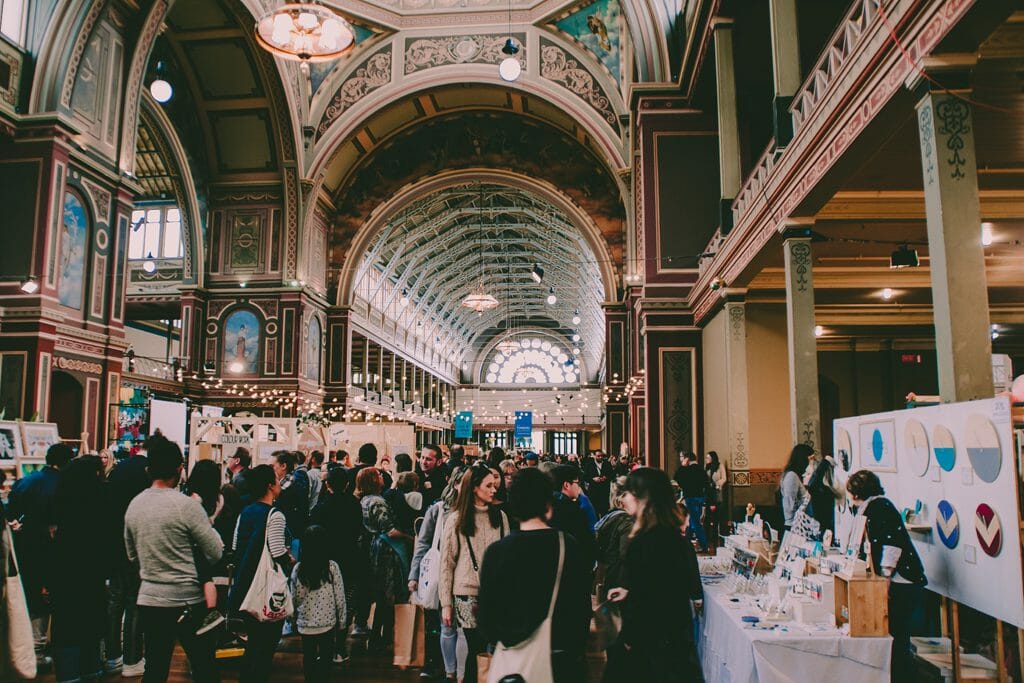
There are occasions when clients will want to know a final quote for a photography job.
Rather than having a price per hour or photo, they’re looking for the bottom line in the form of a package. These are the most common rate structures and are used for a large variety of work.
Let’s look at some common packages for different types of photography sessions.
1. Price for Event Photography Package
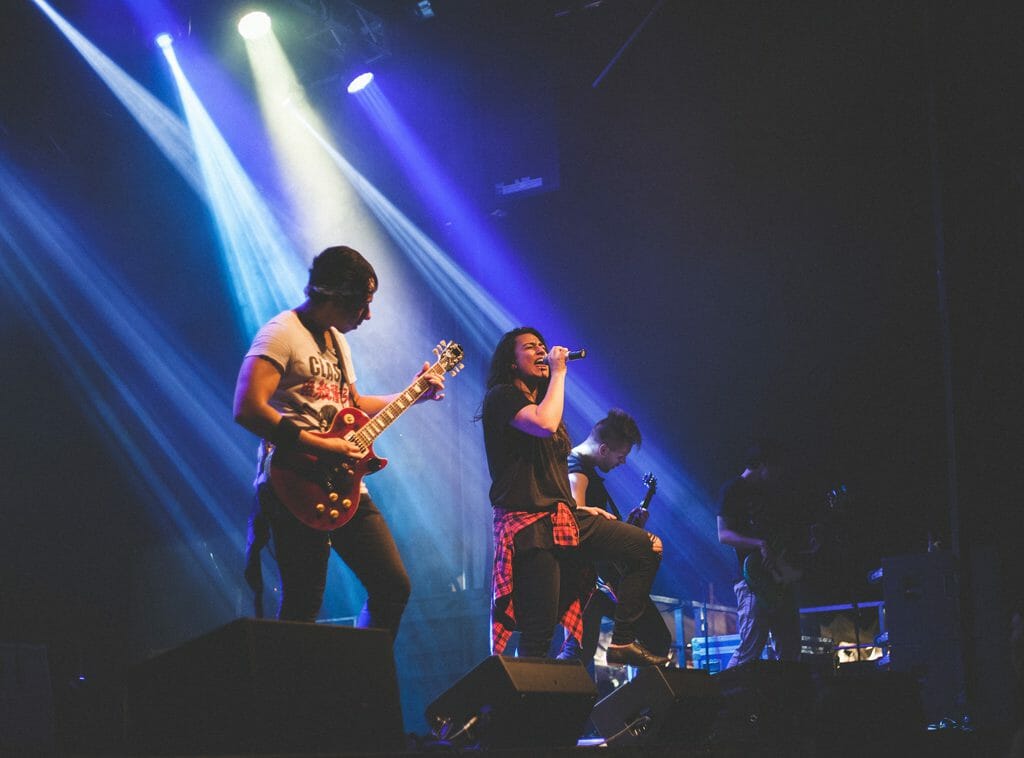
Event coverage is often quoted per hour, but many clients seek out a package deal for coverage of an extended length of time.
For example, you may have a rate of $150 per hour. However, for a 6-hour event, you may quote a slightly discounted rate of $800 ($133 per hour).
Event packages can also include add-ons such as on-site printing, step-and-repeat photos, or a second photographer for additional coverage.
Typical event coverage rates fall between $75 and $250 per hour.
2. Price for Family Portrait Photography Package
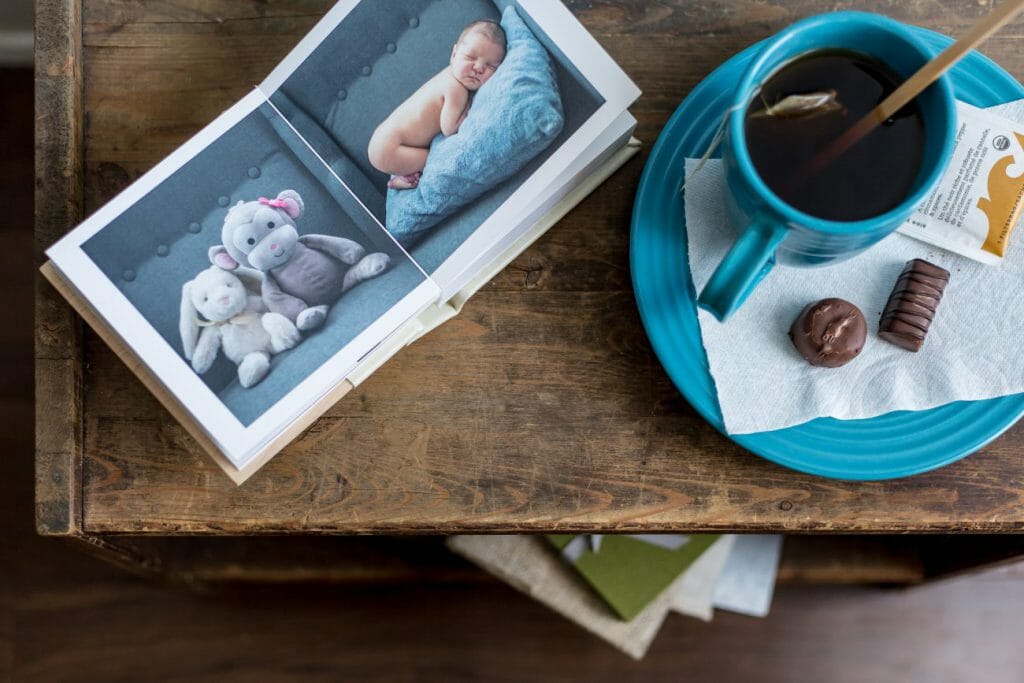
Non-business portrait sessions, such as newborn or family photography, tend to include print credits or bundle deals.
These are usually milestone sessions so clients tend to want prints and albums.
Related Article: Best Online Photo Printing Services
You might include credits towards a photo book, a low-resolution bundle of digital images for sharing on social media, or a discount if they commit to more than one session (for example, maternity and newborn).
Rates vary greatly with location and experience, but they typically fall between $200 and $600 per package.
Related Article: Family Photography Tips
3. Pricing for Product Photography Packages

Product photography is often charged per image or per product. But for large-volume requests, a package quote is best.
As with events, a higher volume is often quoted at a slightly discounted rate. Since these photos will be used commercially, though, don’t discount any more than 10%.
The per photo rate will vary greatly depending on your experience and the complexity of the set-up needed. Rates typically fall between $50 and $100 per photo.
Having a standard discount for volume requests is a good idea. For example, for 50 photos or more you’ll discount 5%, or for 100 photos or more you’ll discount 10%. Just be sure that the discount still leaves room for you to cover costs and make enough profit.
4. Price for Wedding Photography Packages
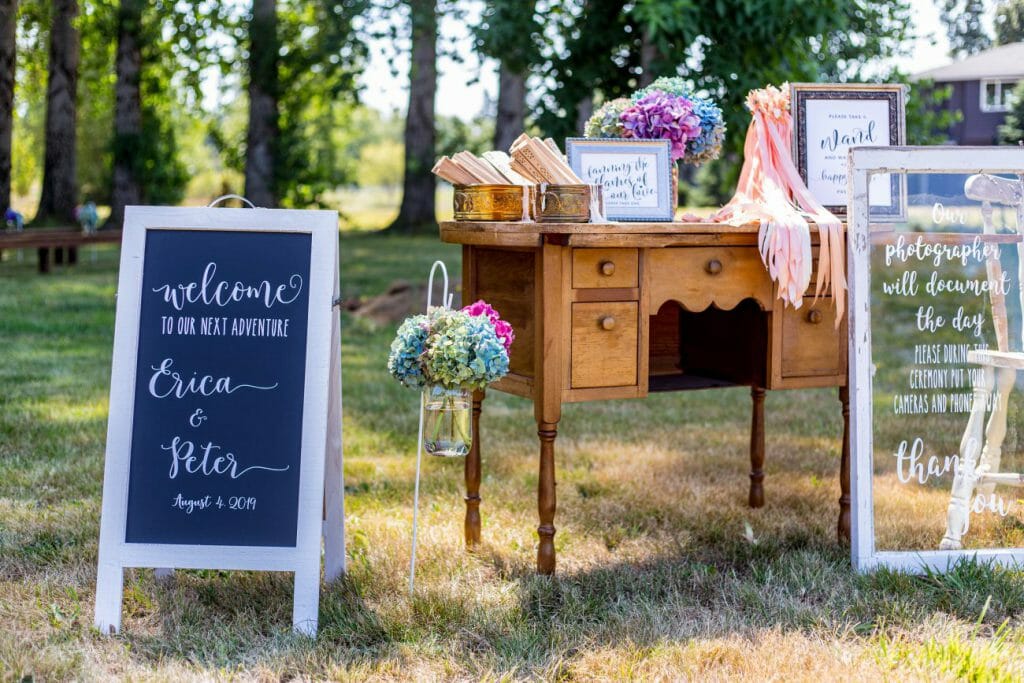
Wedding photography is the main income source for many photographers.
Packages for a variety of coverage options are the industry standard.
Rates can start at $1,500 for a day’s coverage only (no products), and go up to $5,000 for full coverage including an engagement session, plus product credits.
Pro photographers at the top of their game, however, can charge well over $10,000.
5. Price for Personal Branding Photography Packages
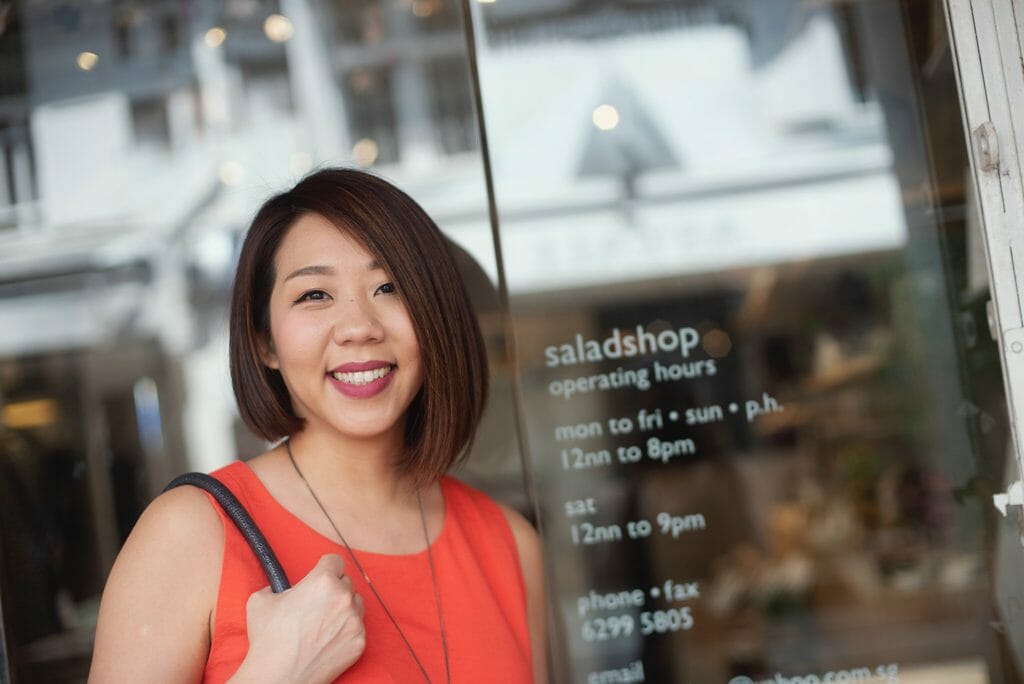
Personal branding photography is a growing niche, especially as more professionals seek a strong online brand.
Branding sessions are similar to portrait sessions, but packages don’t need to include any type of physical product. Customers usually want digital files only.
Branding packages can start at $200 and go up to $2,000, depending on the client’s specific requests. For large corporate clients, rates can go up to $15,000 or more.
6. Headshot Photography Packages
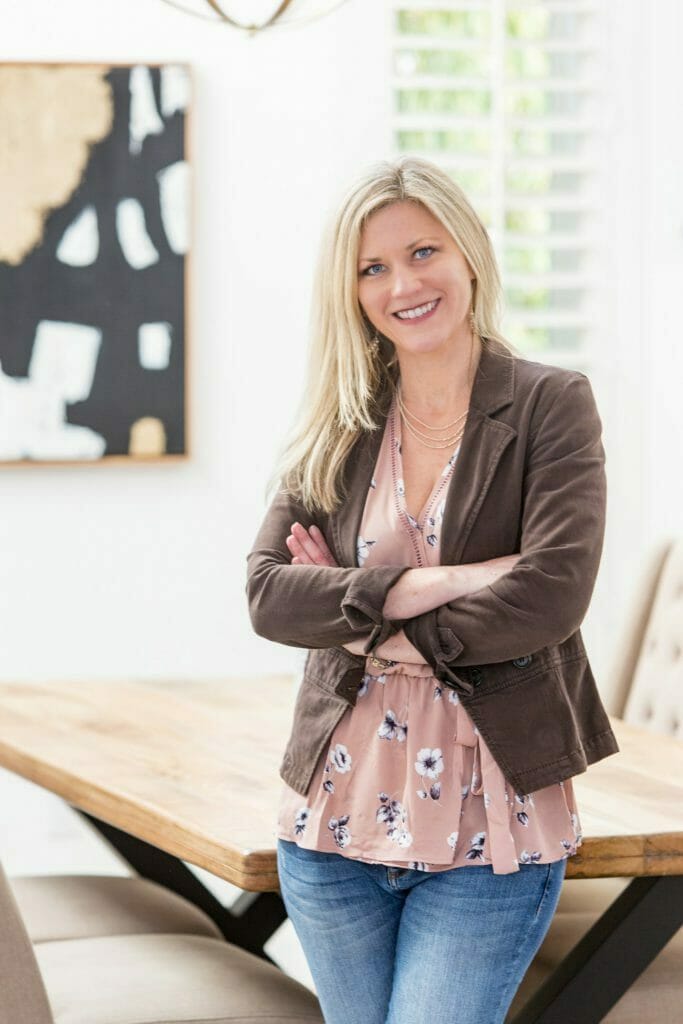
Headshots can fall under personal branding sessions. However, if that is all the client wants, they are classed as headshots.
Clients typically only need 1 or 2 images, so rates tend to fall somewhere between $100-300 per package.
7. Real Estate Photography Package Prices
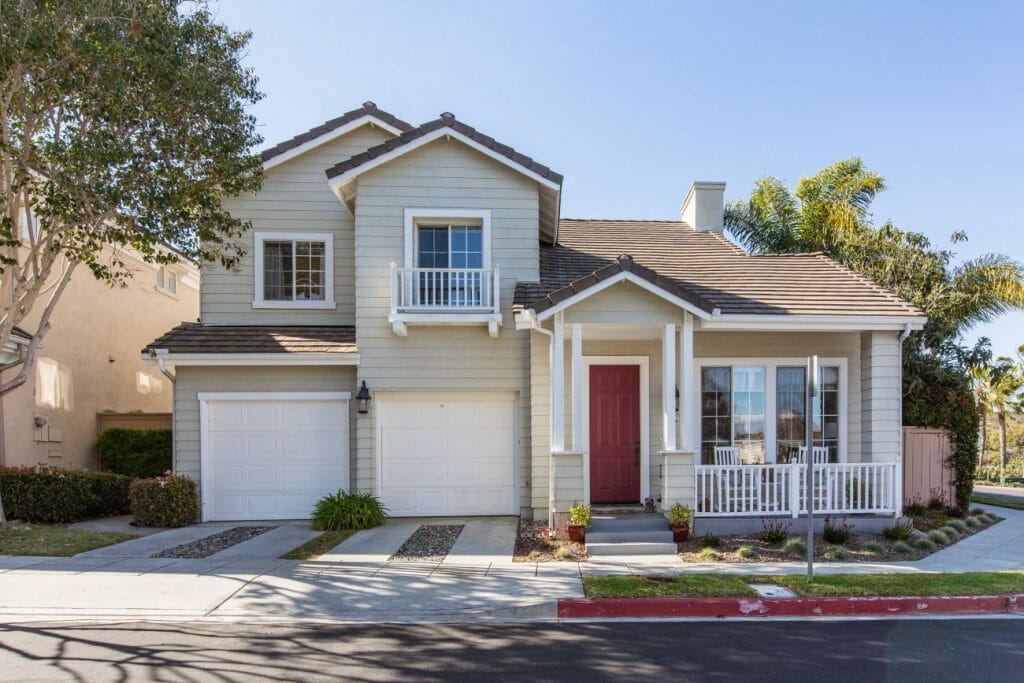
Real estate photography jobs happen quickly and require fast turnaround times.
It’s best to price your package per property. Unfortunately, real estate agents’ budgets are usually small.
When you’re first starting out, your rates should be around $100 per property. As you gain experience, rates can go to $300 per property or more.
Vacation rental listing photos are typically an additional $100-$300 more than standard rates. This is because images are shot in a lifestyle format, and are used more frequently than typical real estate images.
Value Your Time and Expertise
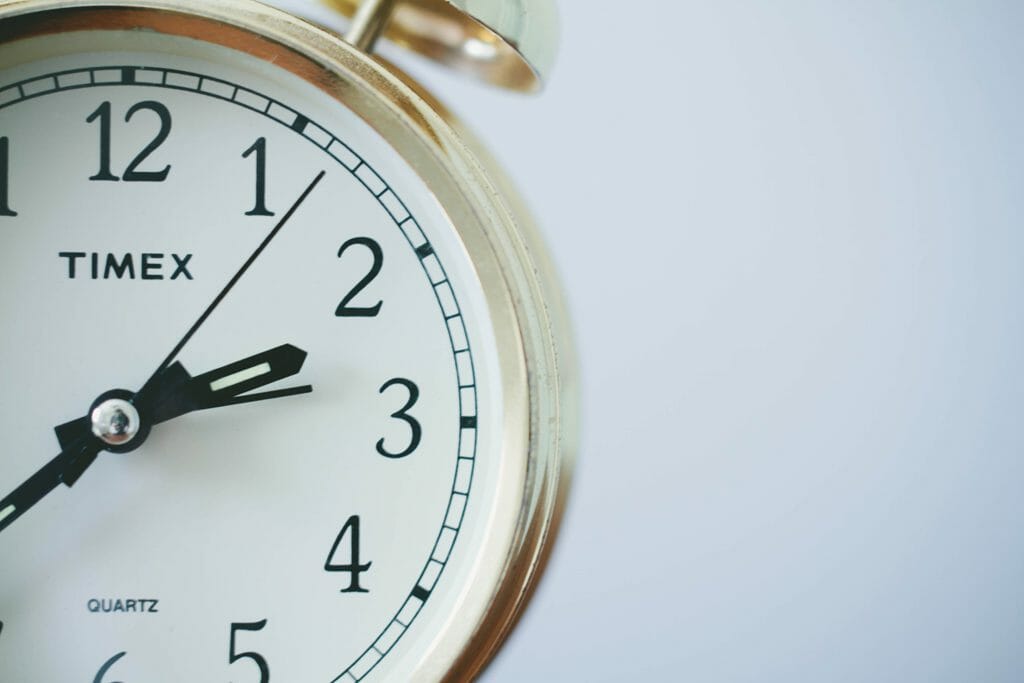
Many photographers tend to undervalue their time. But this is possibly one of the most important photography pricing factors.
Other factors, such as your experience, the local area, plus your own financial goals are also important considerations:
- Irregular schedule: You will probably work irregular hours. Some days you could work for 3 hours, while other days you may work for 16. And let’s not forget weekends; for this reason, you can’t use a 40-hour working week as your hourly rate guide;
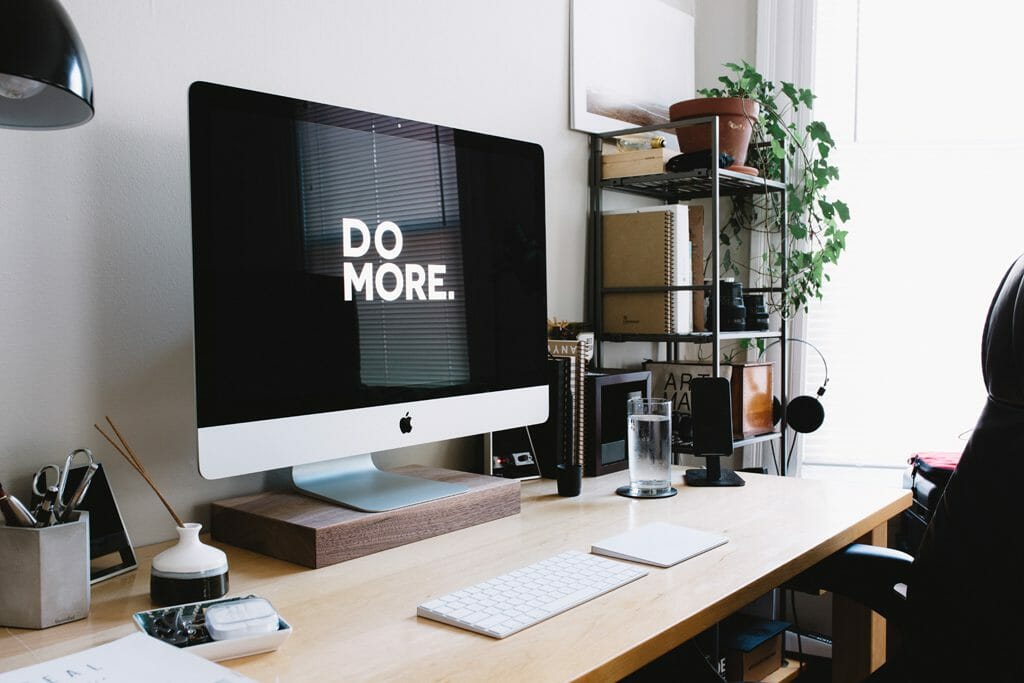
- Experience: Experience leads to a higher quality product for your clients; the more experience and training you have, the more you can charge. Price your services for where you are now, knowing your rates will increase as your experience and quality of work increases;
- Local market: Your local market will dictate what range of rates that will be accepted by clients locally. Larger cities often dictate higher rates, due to demand and cost of living, whereas small towns often have lower rates; and
- Financial goals: You will no doubt have your own goals for profit and growth, be that owning your own home or having employees on your team. These can be reached if you factor them into your photography pricing.
So once you have considered all of the above, you should be able to decide on a final price for your clients.
Conclusion
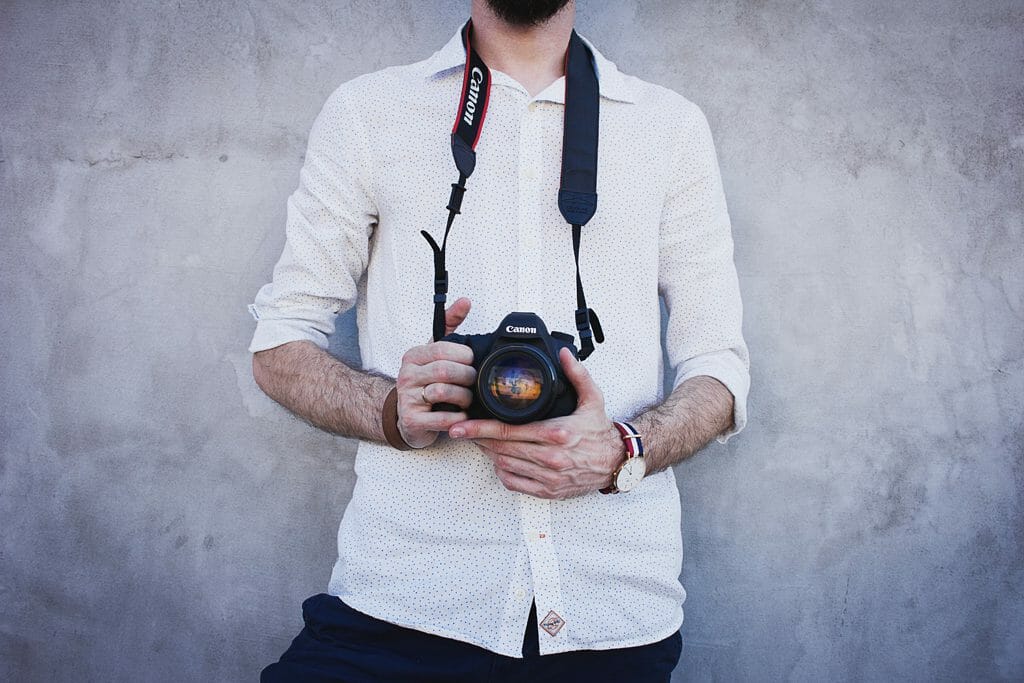
The best place to start is to educate yourself on your expenses and your market. Then your ideal rate range will become clear.
As with any business decision, things can change. Most of the time it’s a matter of trial-and-error until you find numbers that work for both you and your clients.
Don’t be afraid to try different methods and pricing, and adjust your rates as your photography skills grow.
Related Article: How to Make Money With Photography
Now that you’ve finished this article, you’re a better photographer.
Guaranteed.
But the fact is, the journey doesn’t stop there. There are more tips, tricks, and secrets–all of which will help you take gorgeous photos.
And if you want to learn all of these secrets, I recommend you sign up for the PhotoBlog newsletter. We send our subscribers all sorts of great stuff–including the tips, tricks, and secrets, straight from the experts. All to help you capture world-class photographs.
Did I mention that it’s all totally FREE?
(Oh, and we’ll send you a natural lighting cheat sheet–designed to help you use light in ways you’ve never considered.)
So to start taking stunning photos, enter your email:
